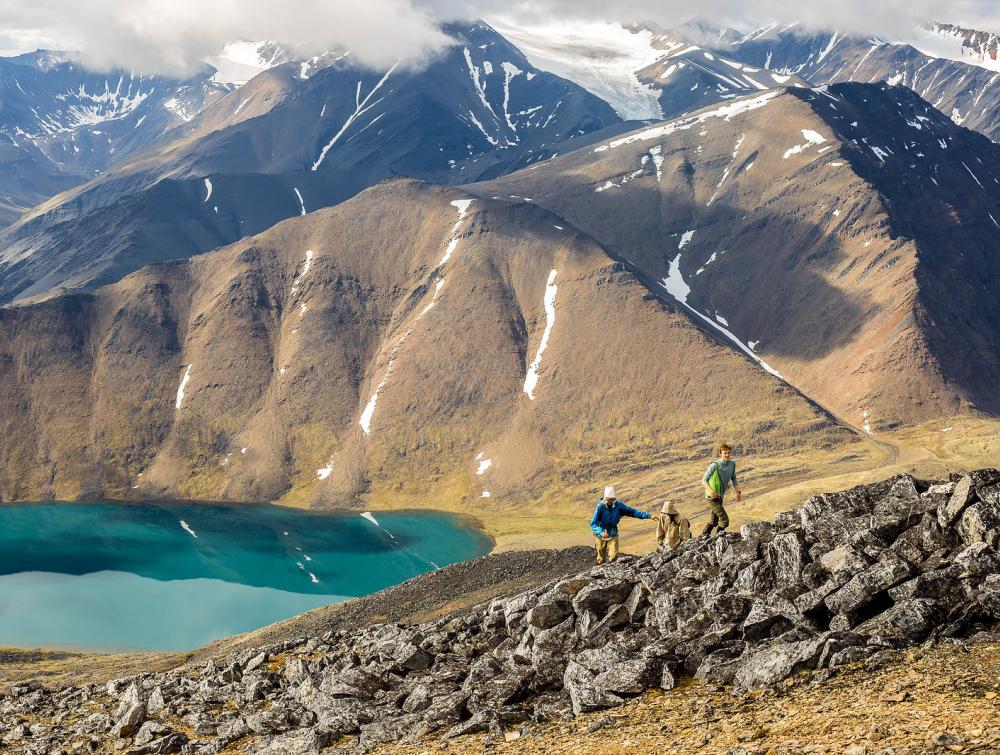Article
Tips for Great Hiking

Ryan Gasper
Whether you’re finally doing a thru-hike of the Appalachian Trail, looking forward to day hikes on a section of the Pacific Crest Trail, or anything in between, your adventure will be more enjoyable if you follow a few smart tips.
The essentials for a safe adventure
Avoid emergencies by having the tools you need to turn the unexpected into an exciting part of your journey.
- Carry a map and compass and know how to use them.
- Bring a pocket knife, and put fire-starting supplies in a water-proof container.
- Assume the weather will change — bring sun protection, rain gear, and extra layers for sudden cold.
- Pack extra food and water.
- And don’t forget to tuck in a whistle and a first aid kit, and bring a headlamp in case your hike takes longer than you’d planned.
Day Hiking
Enjoy the refreshment of the wilderness (and prepare and train for longer hikes) with planned day trips.
- Always check the weather to avoid afternoon rainstorms.
- You will have better odds of spotting wildlife by starting before dawn.
- Avoid the crowds, by exploring the less-well-known trails in designated wilderness or roadless areas.
- Make sure you pack or have the right shoes for the right occasion. Outdoor retailers have experienced staff who can help you find the right fit; their advice can mean the difference between a wonderful walk in the wild and a day of pain, aches, and blisters.
Night Hiking
- Use a headlamp or allow your eyes to adjust naturally.
- Bring a pair of goggles or glasses to help protect your eyes from the swat of an unseen branch.
- As the air cools, you’ll be glad for extra layers of non-cotton, quick-drying, wicking clothing.
- Assume your footing is unstable; walk with a more careful gait — place your foot and test the feel before transferring your weight. It’s slower than your usual hiking stride, but you’ll avoid a turned ankle — and you’ll hear the night sounds all around you when you take your time.
Hiking with Kids
Hiking with your children is a great way to get them connected to the outdoors. Just remember to keep the goals easy.
- Start with short hikes that feature a goal — the waterfall you came to see, the lake where you can wade and play.
- Plan to take a lot of extra time. If you don’t reach your goal because the kids want to explore under every leaf, then that’s a good hike, too. With children, it’s about the journey, not the destination.
Hiking with Dogs
- Make sure your dog is up to date on all vaccinations and ensure those identification tags are firm on the collar.
- Remember that dogs need to train and condition for longer hikes, too, so don’t forget to bring them along on your short day trips.
- With a special pack and time to get used to it, your dog can carry his or her own provisions.
- Do a thorough health check at the end of each day, and include canine-friendly supplies in your first aid kit.
- Always check the trail rules before you go; you don’t want your dog harassing wildlife. National Park trails do not allow dogs, while other public lands simply require dogs to be on a leash.
Leave No Trace
- Collect all your trash. In fact, collect everyone’s trash. Make it your goal to leave a trail more pristine than you found it.
- Take gallon zip-top plastic bags for day hikes; more refuse supplies for longer journeys.
- Stay on designated trails. Protect our natural world by leaving only footprints, taking only pictures.
Join the movement
to save our wildlands
